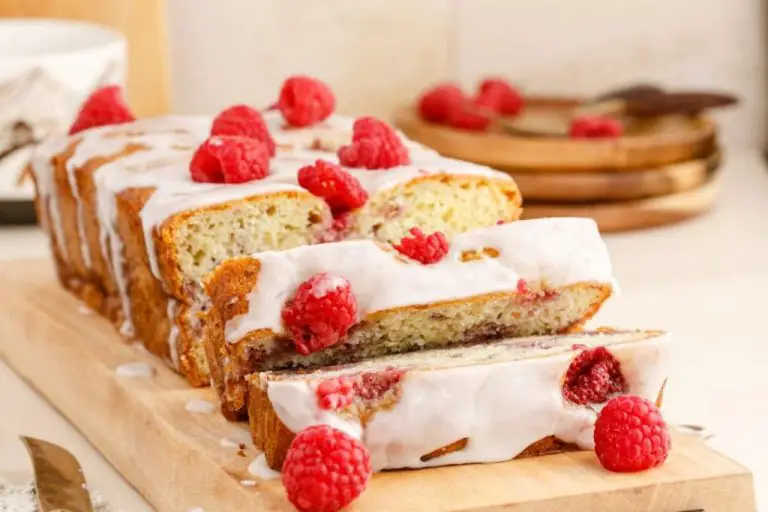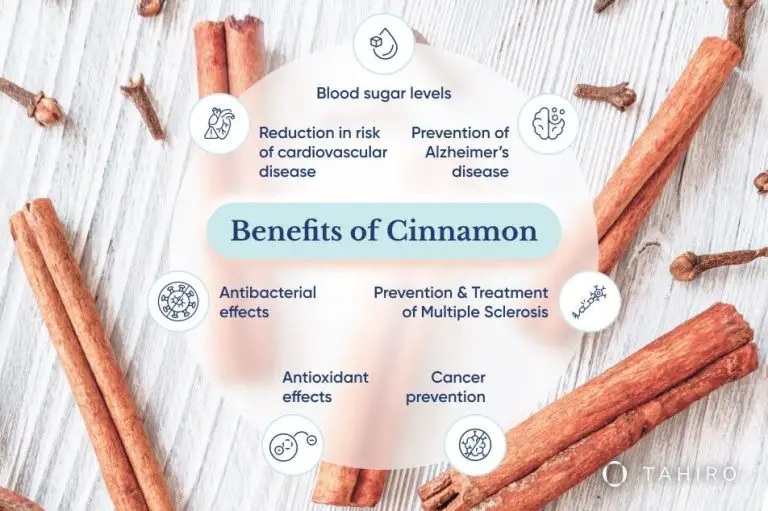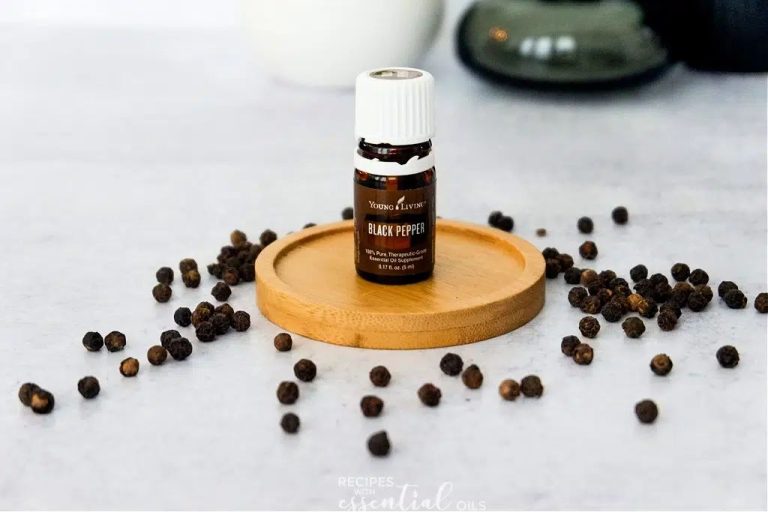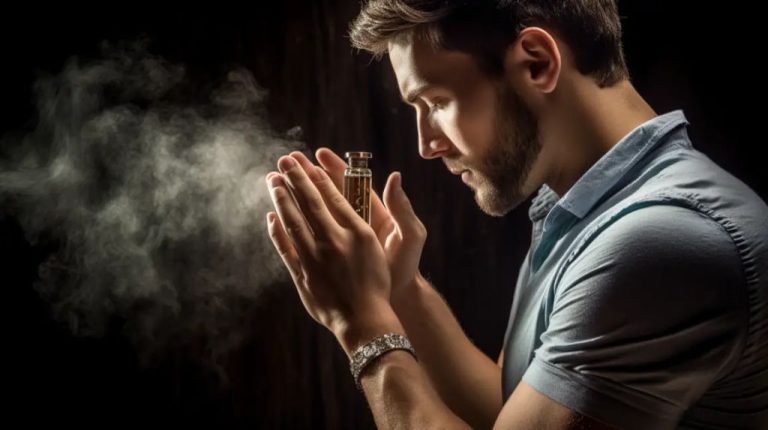Can You Add Perfume To Candle Wax?
Adding scent to candles can transform an ordinary candle into something special and luxurious. The warmth from a burning candle helps diffuse the perfume, filling the air with a lovely aroma. But not all perfumes work well with candles. The key is choosing the right fragrance and adding the proper amount to the wax.
In this article, we’ll explore everything you need to know about scenting candles with perfume, from choosing compatible scents to best practices for scenting wax safely and effectively. Read on to learn how to create custom scented candles that make wonderful gifts or additions to your own home.
Purpose of Scenting Candles
Scenting candles serves several purposes beyond just making your home smell nice. The fragrances released from scented candles can enhance your overall experience, create a certain mood or ambiance, and even provide therapeutic benefits.
The sense of smell is strongly tied to memory, emotion, and cognition. When you light a scented candle, it can evoke certain feelings, help you relax, improve your mood, increase alertness, or simply create an environment that is more enjoyable. For example, lighting a candle with an invigorating citrus scent can provide an energizing boost, while a lavender-vanilla candle may promote relaxation.
Scented candles can also set the mood for various occasions and activities. A candle with a cozy baked goods scent can make your home feel warm and welcoming. An ocean breeze or clean linen scent may evoke a feeling of being outdoors. Choosing complementary aromas can enhance dining, reading, meditation, yoga, spa experiences, and more.
In addition to mood enhancement, studies have shown scents can have therapeutic effects. Specific essential oil fragrances have been linked to benefits like improved sleep quality, decreased anxiety, enhanced cognition, and more. The aromatherapy qualities of scented candles can provide similar perks.
How Candles Release Fragrance
Candles release fragrance through a simple process. As the candle burns, the wax melts from the heat of the flame. Mixed within the wax is the fragrance oil. When the wax melts, the fragrance oil is released as a vapor into the air. This allows the fragrance to spread throughout the room as the candle burns. The fragrance oils used in candles are specifically designed to evaporate at the melting point temperature of the wax. This ensures the fragrance is dispersed effectively as the candle wax liquefies.
The fragrance oils do not burn themselves. The wax acts as the fuel source for the flame. The heat from the burning wax melts and liquifies the wax pool, which allows the fragrance oil to evaporate into the air. Adjusting factors like the wax composition, oil concentration, and burn temperature can impact the rate of fragrance release. But in general, fragrance from candles is dispersed into the air as the wax melts from the heat of the flame.
Choosing a Perfume
When choosing a perfume to scent your candle wax, there are two key factors to consider – concentration and whether the perfume is oil-based or alcohol-based.
The concentration refers to the purity and strength of the essential oils that make up the perfume. Higher concentration perfumes around 15-30% tend to work better for candle scents than lower concentration perfumes which are usually below 10%. The higher the concentration of oils, the stronger and more long-lasting the scent will be in your candle.
You also want to choose an oil-based perfume rather than an alcohol-based one. Perfumes fall into two main categories: oil-based perfumes known as parfum, and alcohol-based perfumes referred to as eau de parfum or eau de toilette. Oil-based parfums typically contain 15-30% of fragrance oils whereas alcohol-based perfumes only have 10-20%. For the best scent throw from your candle, go with an oil-based perfume or parfum.
Some specific notes and ingredients like vanilla, cocoa and woods tend to give stronger hot scent throws in candles as well. Opt for an oil-based perfume with higher concentrations of those notes for the most fragrance impact as your candle burns.
Perfume vs Fragrance Oils
There are some key differences between perfume and fragrance oils that are important to understand when scenting candles.
Perfume is made from a blend of essential oils, absolutes, carrier agents like alcohol or water, and fixatives. The oils give perfume its scent, while the carrier agents dilute the oils and the fixatives help extend the life of the aroma. Perfume tends to have a complex bouquet of scents.
Fragrance oils, on the other hand, are synthetic scents made in a lab to mimic natural oils. They are generally less expensive than essential oils. Fragrance oils are formulated to be mixed with wax and burn cleanly in candles. The chemistry is different than perfume.
When it comes to safety, perfumes contain a higher concentration of volatile organic compounds (VOCs) than fragrance oils. Heating VOCs can release potentially toxic fumes. Fragrance oils designed for candle making have been tested to not exceed safety thresholds when burned.
So for candle scenting, fragrance oils are the better choice over perfume. The chemistry is designed to mix with wax and burn cleanly and safely.
How Much Perfume to Add to Candle Wax
When adding perfume to candle wax, start with a small amount – around 1% of the wax weight is a good starting point. For example, if you have 10 ounces of wax, start by adding around 0.1 ounces (3 grams) of perfume. It’s better to start with too little scent than too much.
Some perfumes have a very strong scent, so they require less than the 1% starting point. Florals, spices, and essential oils are often quite potent. Start with half the normal amount, around 0.5%, and you can always add more later if needed. Remember you can keep adding perfume to the wax, but you can’t take it out once over-scented.
Test how strong the scent is after fully mixing in the perfume. Let the test candle cure for 1-2 days then burn it. If the scent strength is too light, you can add more perfume incrementally, like 0.5% at a time, until reaching the desired fragrance intensity. But take it slowly, as too much perfume can make the candle smell unbalanced or give it an alcohol smell.
Adding Perfume to Wax
The process of adding perfume to candle wax is relatively straightforward, but there are some tips and tricks to getting the perfect scent throw. Here is a step-by-step guide to adding perfume oils to wax using the double boiler method:
Begin by using a double boiler to melt the wax completely. Make sure there are no remaining wax chunks or pieces. Bring the wax to the proper pouring temperature as specified by the wax instructions. This is usually between 180-200°F.
Once the wax is melted, you can begin adding drops of the perfume oil. Start with .5-1 ounces of fragrance per 1 pound of wax. Mix the perfume oil in thoroughly using a mixing stick. The wax should be well blended but avoid overmixing as this can cause the scent to break down.
Allow the scented wax to cool slightly, stirring periodically. The wax needs to cool to 130-140°F before pouring into containers. This allows time for the perfume fragrance to fully incorporate.
Test the scent by pouring a small amount of wax and allowing it to briefly setup. If a stronger scent is desired, add additional perfume a few drops at a time, mixing well and allowing to cool again before testing.
Testing and Troubleshooting
Once you’ve added perfume to your candle wax, it’s important to test how well the scent throws before making a large batch. Here are some tips for testing and troubleshooting scent issues:
Do a burn test with a small candle or candle sample. Let it burn for at least 1 hour, then walk away and come back later. Can you smell the perfume fragrance in the air? If not, the scent throw may be too weak.
Check your wax and perfume ratios. If the scent is too light, try increasing the amount of perfume added to the wax. But add in small increments like 1-2 ml at a time.
Make sure to stir the wax and perfume mixture thoroughly so the fragrance is distributed evenly throughout the wax. Insufficient mixing can lead to weak scent throw.
Test different perfumes. Some perfume formulations may not carry well or fully release their scent when burned. Try a different perfume or opt for fragrance oils designed specifically for candle making.
Swap out your wick for a larger size if the flame is too small. A larger flame will help disperse and activate more of the perfume fragrance in your candle.
Allow plenty of cure time. Scent can strengthen as the candle fully cures over 1-2 weeks. Let your test candle cure before evaluating scent throw.
Add a small amount of essential oil, which can help boost the scent throw of perfumes in candles. Good options are lemon, orange, eucalyptus, tea tree, rosemary, etc.
Safety Tips
When adding perfume to candle wax, it’s important to keep safety in mind. Here are some tips:
Ventilation
Work in a well-ventilated area when melting wax and adding perfume. Open windows, use a fan, or work outdoors to allow fumes to dissipate. Avoid breathing in wax vapors directly.
Equipment
Use proper candle making equipment like a thermometer, double boiler, stirring utensil, pouring pot, molds, etc. Don’t melt wax or perfume over a direct flame. Make sure all equipment is clean and stored properly between uses.
Storage
Store finished scented candles in a cool, dry place away from direct sunlight and heat sources. Place on a nonflammable surface. Keep away from children and pets. Allow wax to fully harden before moving candles.
Conclusion
In summary, adding perfume to candle wax can allow you to create custom scented candles at home. However, it requires some caution and testing to get the perfume concentration right. Since perfumes contain a high percentage of alcohol, it’s best to use no more than 1-2% by volume to avoid issues like poor scent throw or the perfume separating from the wax. Work slowly and test often until you find the ideal perfume-to-wax ratio for your purposes. With some care taken during the process, you can safely turn your favorite perfumes into amazing homemade candles.
Overall, scenting candles with perfume takes some trial and error, but can be a rewarding DIY project. Taking proper safety precautions and doing small tests will set you up for success. This allows you to make personalized, great-smelling candles using your preferred perfumes. Just be sure to use caution when burning any scented candle, and enjoy your homemade creations!





